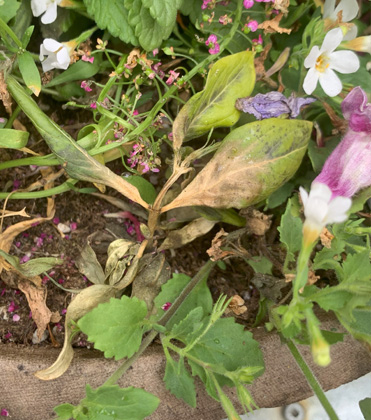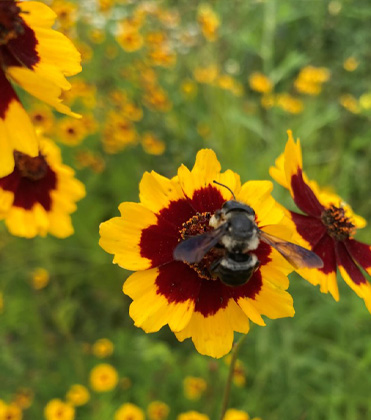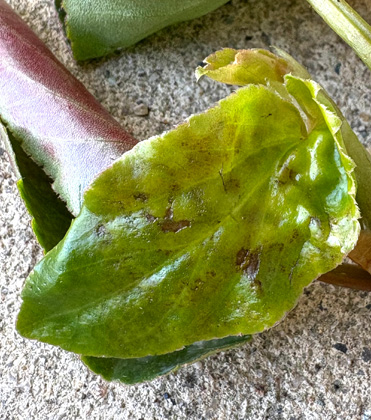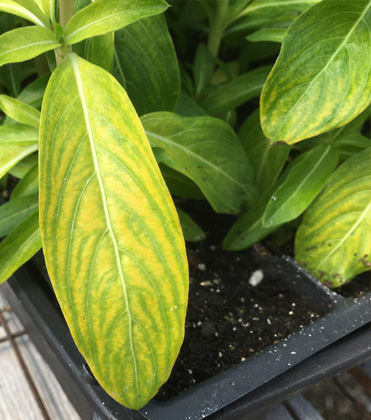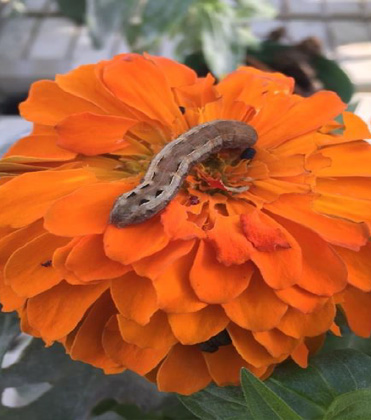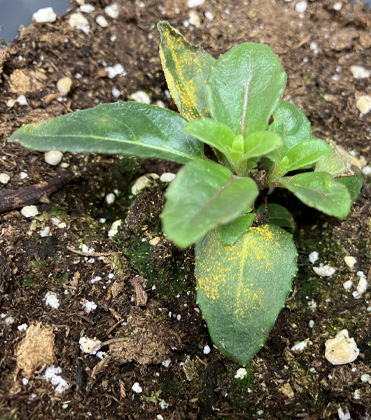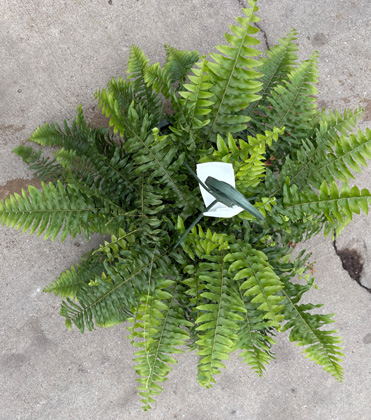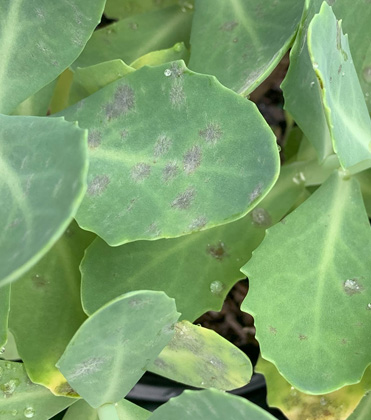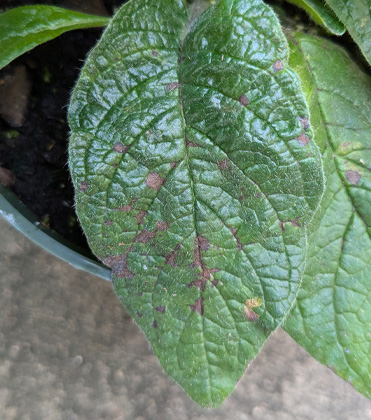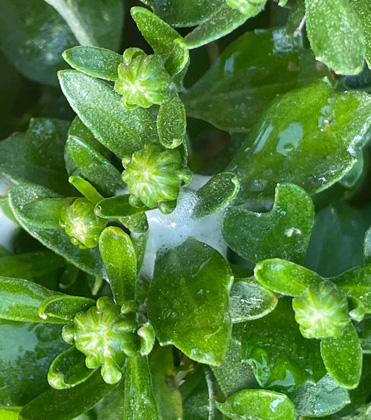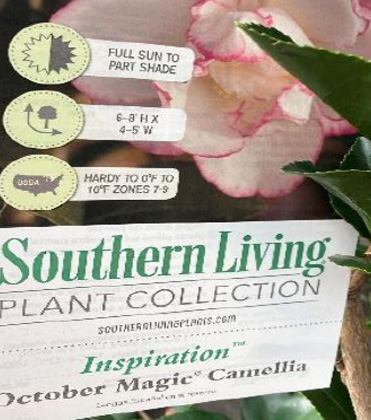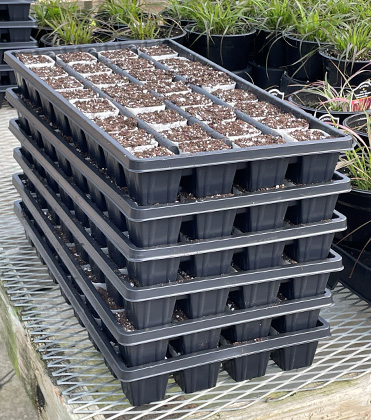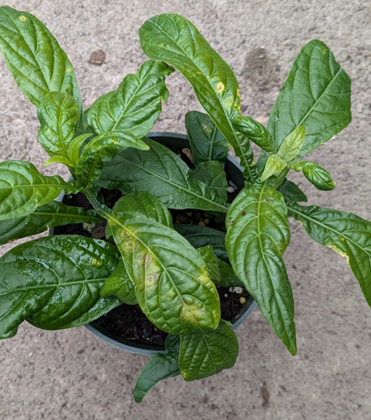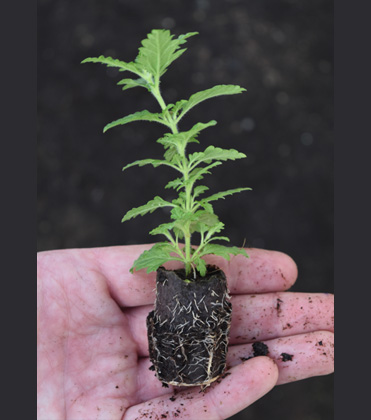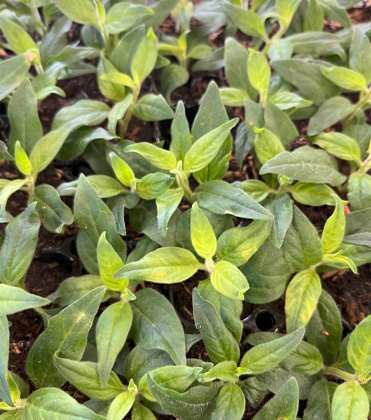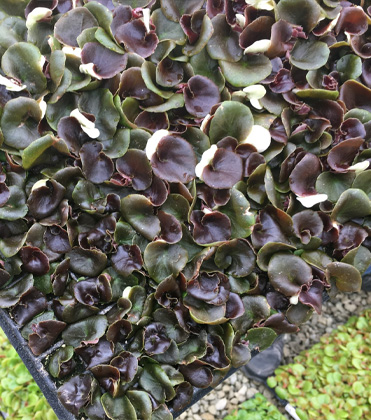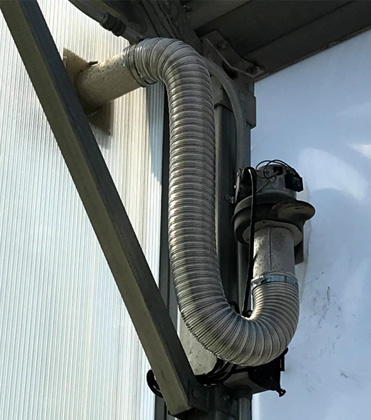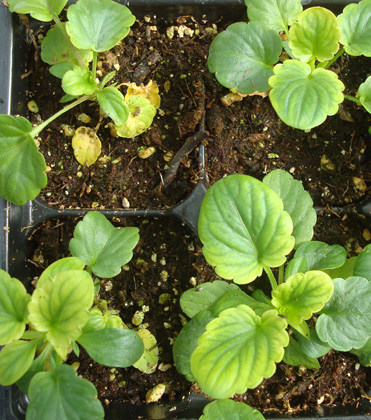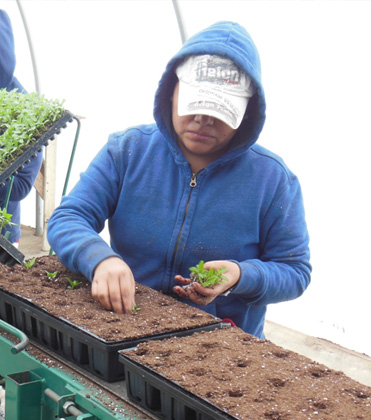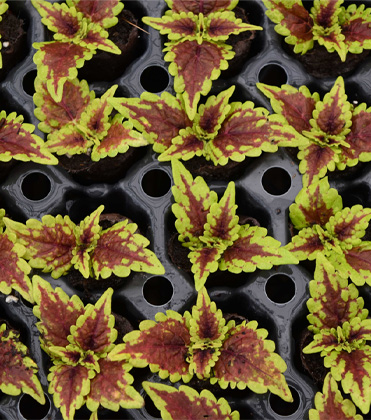eGRO Alerts
This page gives links to the latest eGRO alerts going back through the last four volumes. Earlier editions (reaching back to Volume 1 in 2013) are available by clicking here
14.29 - Herbicide damage to greenhouse plants and residue testing
Diagnosing herbicide symptoms can be challenging, especially when there has been no direct application near a crop. More information is usually needed about local spray applications and there are labs that can test for pesticide residue when all other avenues have been explored.
Volume 14 (2025)

14.29 - Herbicide damage to greenhouse plants and residue testing
Diagnosing herbicide symptoms can be challenging, especially when there has been no direct application near a crop. More information is usually needed about local spray applications and there are labs that can test for pesticide residue when all other avenues have been explored.
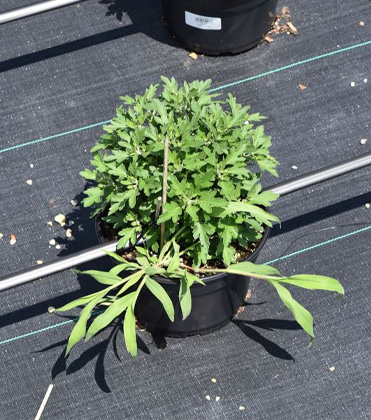
14.28 - Strategies and Guidelines for Herbicide Application During Outdoor Fall Crop Production
Effective weed management in outdoor mum and fall crop production requires proactive removal strategies, integrated weed control, and when necessary, careful herbicide application to protect surrounding sensitive plants from injury.
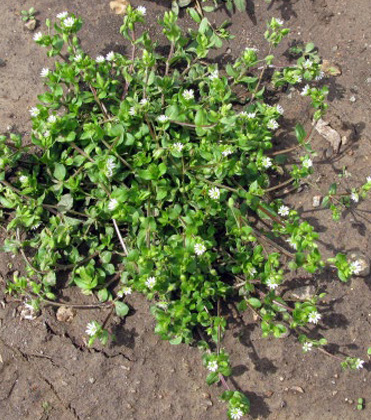
14.25 - Identification and Control of Common Chickweed (Stellaria media) in Greenhouse Container Production
Chickweed and other fast-growing annuals can quickly colonize bare ground. They are often referred to as pioneer species or "weedy" plants and are one of the first steps in ecological succession.
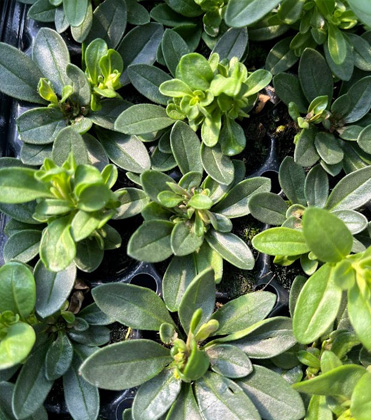
14.12 - Beware of Boron Deficiencies in Young Plants
Growers are reporting distorted growth on calibrachoa, gerbera, petunia, and pansy young plants. Given the cold and cloudy weather that most of the country experienced this winter, calcium (Ca) and boron (B) deficiencies are the first suspects. Before jumping to conclusions, learn how to differentiate between Ca and B deficiencies.















